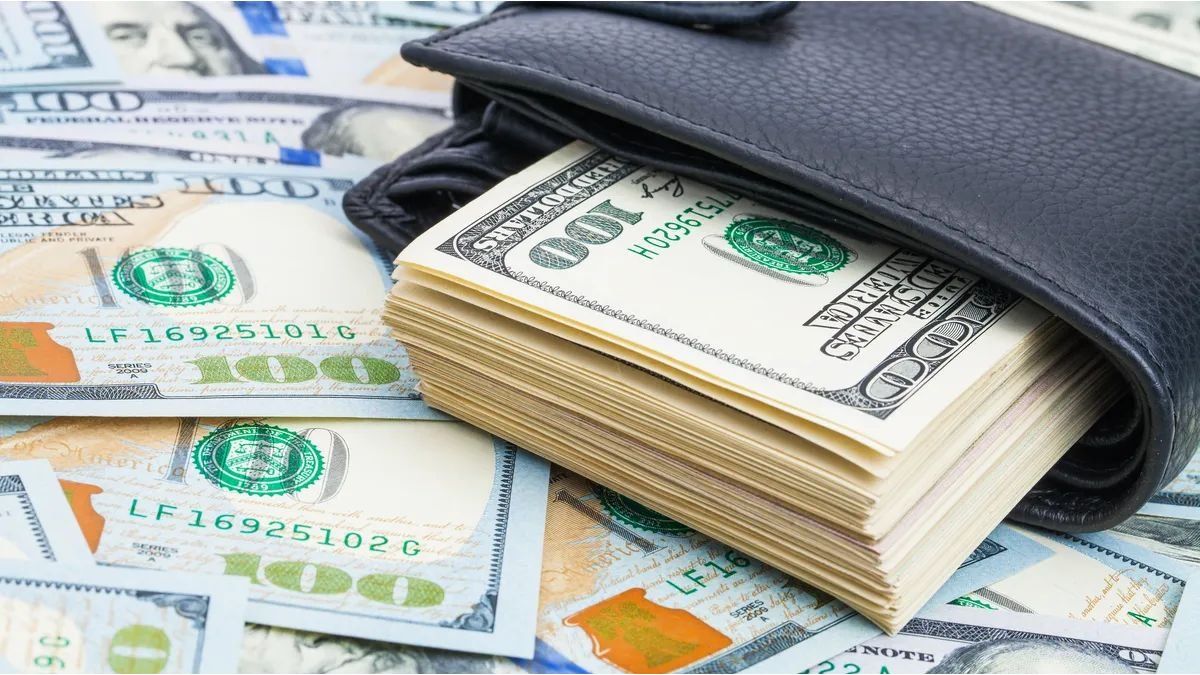Starting next week, the value of the “savings” dollar will have a cut, although at current prices it would continue to be the most expensive exchange rate on the market.
Starting January 1, those retail savers seeking coverage in dollars will be able to use the monthly quota of US$200 again. that the Central Bank (BCRA) allows to acquire at the official exchange rate. The news this month is that the price was considerably reduced due to the definitive elimination of the PAIS Tax.
The content you want to access is exclusive to subscribers.
Now the “savings” dollar, also called the “solidarity” dollar or “card” dollar, is equivalent to the retail exchange rate plus a 30% surcharge for the collection of Income Tax. Therefore, The current value is $1,363.05, when until a week ago it was approaching $1,700 since it also included a 30% surcharge for the aforementioned eliminated tax.


Although the price fell more than $250 compared to the beginning of December, the value It remains almost 13% above the blue (which trades around $1,210) and almost 17% above the MEP (which operates near $1,170).
In the case of MEPit is worth clarifying that, in addition to being cheaper and can be purchased legally in banks and brokerage companies, it has the advantage that has no quantity limit. In some cases, the financial entities carry out the entire operation, while in others it is the person who must first buy the AL30 bond (or the GD30) in pesos, and then sell it in dollars, respecting the 24-hour “parking” time (parking time). in which the title must be immobilized).
Dollar savings: who will still be affected by the 30% surcharge?
- Saving dollar purchase or without specific destination linked to the payment of obligations in the MULC or the payment of import obligations for goods included in the Southern Common Nomenclature (NCM).
- Currency exchange carried out by financial entities on behalf and by order of the purchaser, tenant or borrower intended for the payment of the acquisition of goods and/or provision of services carried out abroad, which are paid by credit and debit cards. Purchases made on portals or virtual sites and any other form of distance purchasing are included.
- Acquisition of services abroad contracted through travel and tourism agencies, wholesalers and retailers in the country.
- Acquisition of land, air and water transport services for passengers to destinations outside the country.
Dollar: what are the operations excluded from paying 30% of Profits
The tax is in force for operations related to the so-called “savings dollar”, “card dollar” and “tourist dollar” so as not to affect tax collection. However, the collection of dividends and subscription in pesos or securities issued in dollars by the BCRA, which were previously covered by the “PAIS Tax”, are excluded from the new regime.
But in addition, it is added within the resolution that the excluded operations will be the following:
- Expenses related to health benefits, purchase of medications, acquisition of books in any format, use of educational platforms and software for educational purposes;
- Expenses associated with research projects carried out by researchers who work within the national State, provincial States, the Autonomous City of Buenos Aires and the municipalities, as well as the universities and institutions that make up the Argentine university system.
- The acquisition abroad of equipment materials and other goods intended for the fight against fire and the civil protection of the population by the entities recognized in Law No. 25,054 and its modifications.
- The acquisition of land transportation services for passengers to neighboring countries.
Who cannot buy the MEP dollar?
The following people cannot buy the MEP dollar:
- Those who have purchased solidarity dollars in the last 90 days
- Those who plan to buy solidarity dollars in the next 90 days
Who can’t buy dollar savings?
The following people cannot buy dollar savings:
- Those who bought the MEP or CCL dollar in the last 90 days.
- Those who received salaries in 2020 through the Production and Work Assistance program (ATP).
- Those who receive social plans or state aid such as the Universal Child Allowance (AUH).
- Monotributistas who have ongoing credits at a subsidized rate.
- Those who do not have their income declared.
- Joint holders of bank accounts.
- Those who spent their quota of US$200 with a card, which includes payment for services such as Netflix or Spotify in dollars.
- Those who have a 12-installment payment plan for credit card debts.
- Those who refinanced their debts with banks for personal, collateral or mortgage loans.
- Beneficiaries of the income reinforcement that was paid in May and June 2022.
- Those who receive state subsidies for the payment of electricity and gas rates from September 2022.
- People who enter the pension moratorium to retire without having 30 years of mandatory contributions.
- Registered workers, retirees and pensioners of the ANSES who access the new credits of up to $400,000.
Source: Ambito
I am an author and journalist who has worked in the entertainment industry for over a decade. I currently work as a news editor at a major news website, and my focus is on covering the latest trends in entertainment. I also write occasional pieces for other outlets, and have authored two books about the entertainment industry.




